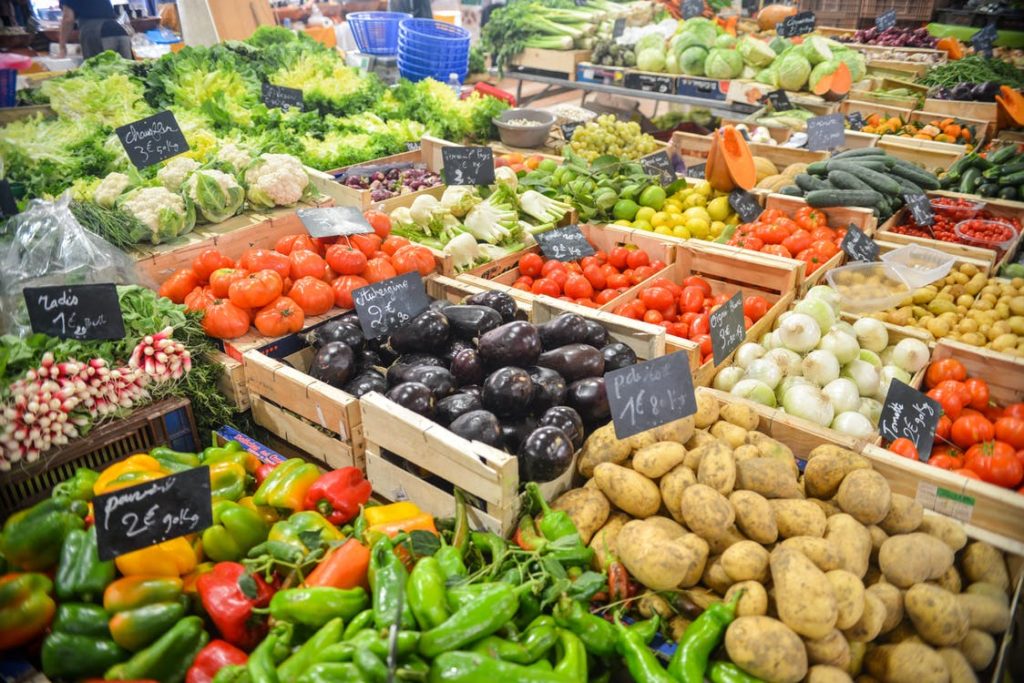
I had read a piece by Theodore Dalrymple about how the Left in England argued that poor people were malnourished because the grocery stores there denied them access to fresh vegetables and meat, and offered them only chocolate bars, “crisps” and other such nutritional trash. Dalrymple blamed it on the customers: the English lower class, the whites anyway, no longer cook. Fast food and trash is what they buy, which is why the stores stock it.
A few years later the Post-Intelligencer brought the same argument to Seattle, and I had a potshot at it in the editorial pages of the Times. My column was published in the Seattle Times on Sept. 19, 2007.
“Overweight? Blame your ZIP code,” said the Post-Intelligencer’s top headline a week ago today. The story was not a joke, even if the headline was.
The story was based on a study published in Social Science and Medicine by Adam Drewnowski and Colin Rehm of the University of Washington and David Solet of Public Health, Seattle and King County. The study is a careful, limited thing that compares statistics among ZIP codes in King County. In doing this, it found a correlation between the median value of houses in a ZIP code and the share of people in that ZIP code who were fat. In ZIP codes where houses were cheaper, more people were fat.
The connection was to house prices, not income. The percentage of people who were fat was negatively correlated significantly (-0.46) with median house prices, but only weakly (-0.05) with median household income.
The price of houses cannot explain why people are fat. One does not buy groceries with real estate, but with income, and the study had exonerated income. The explanatory strength of house prices and the weakness of income was an odd result, and, according to Rehm, not one the researchers expected.
But the researchers tended to think house prices were a measure of buying ability superior to income, and the P-I’s story, by reporter Jennifer Langston, reflected that.
I prefer the comment by Kriss Sjoblom of the Washington Research Council, who told me that house prices were “measuring something other than wealth.” That something might be a quality of the individual that affected his or her choices in the matter of living, working, saving and investing — and also cooking and eating.
The study never suggested this, nor did the newspaper story. The study was looking for “the social determinants of health.” The main point of the story was that “weight isn’t solely about individual behavior.”
In arguing for a social cause of obesity, the study’s principal author suggested to the reporter that certain ZIP codes have too many fast-food vendors and too few sellers of fresh vegetables and fruit. The study didn’t say people’s diets are determined by the mix of businesses in their neighborhoods, but it is an idea afloat in the world of public health, and the P-I story picked it up. The lack of “access” to fresh fruit and vegetables, the researcher suggested, is a reason why more people in those ZIP codes are fat.
One “fat” ZIP code is 98133, along Aurora Avenue from North 100th Street to the Snohomish County line. That area does have a string of fast-food joints. Krispy Kreme put its first Seattle store there. But the same ZIP code also has Central Market, which has a grand produce section; Lenny’s Produce, a low-cost shop frequented by immigrants, and many other places. There is plenty of “access” to healthful food in 98133.
I live in a “thin” ZIP code, though I am a poor representative of it. My neighborhood has sidewalks, which the news story named as an asset of public thinness, and I can walk on the sidewalk to a grocery that sells about 20 different kinds of chocolate bar, as well as delicious bread, beer and chips.
My neighborhood has an occasional farmers market, which the P-I story mentioned as an another asset of public thinness. I visited it last month: The stand doing the most business was selling hot slices of pizza.
We are what we eat, and we eat what we put in our mouths. There are patterns in our choices of food, and some of the patterns are interesting, but that doesn’t mean society fills our faces. It influences us, as do our genes.
What we see in this study, and in the newspaper story about it, is that the public-health industry is trying to influence us politically. It is prospecting for work.
© 2007 The Seattle Times